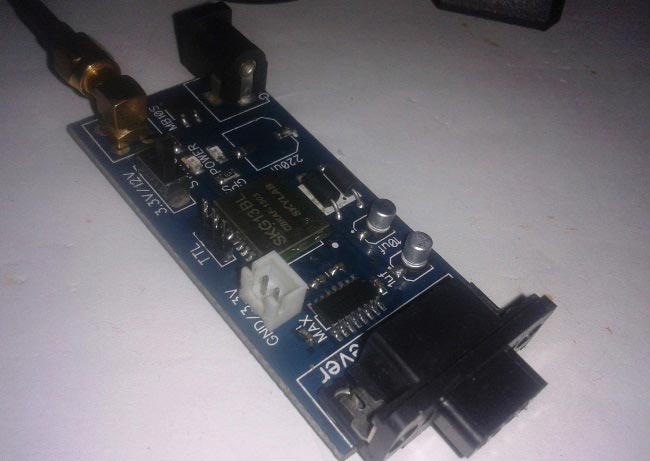GPS is a very useful device which is used in many electronics projects and applications like vehicle tracking system, GPS Clock, Accident Detection Alert System, traffic navigation and surveillance system etc. But question is how to use the GPS and read the data from GPS? We can easily get the GPS data directly into our computer using Arduino.
GPS stands for Global Positioning System and used to detect the Latitude and Longitude of any location on the Earth, with exact UTC time (Universal Time Coordinated). This device receives the coordinates from the satellite for each and every second, with time and date. GPS offers great accuracy and also provides other data besides position coordinates, we will into look it shortly.

In this Arduino GPS tutorial, we are going to explain that how to Test or Interface GPS module using Computer and Arduino. For interfacing GSM with computer we either need USB to Serial Converter or Arduino Board. Here we are using Arduino board to interface GPS. We only need Arduino Board, GPS module, computer and 12v/3.3v adaptor for power supply. Here we have used GPS receiver Module SKG13BL
Before connecting it to the computer, we first need to remove the Arduino IC (Atmega chip) from the Arduino Board, as we only need the serial circuitry of the Arduino. This is called the Gateway mode.
Now do the connection like given in below picture:
- GPS TX pin to Digital PIN 1 of Arduino (TXD)
- GPS Ground Pin to GND PIN of Arduino
- GPS Power (3.3v) Pin to 3.3v PIN of Arduino
Read More: How to Use GPS with Arduino
